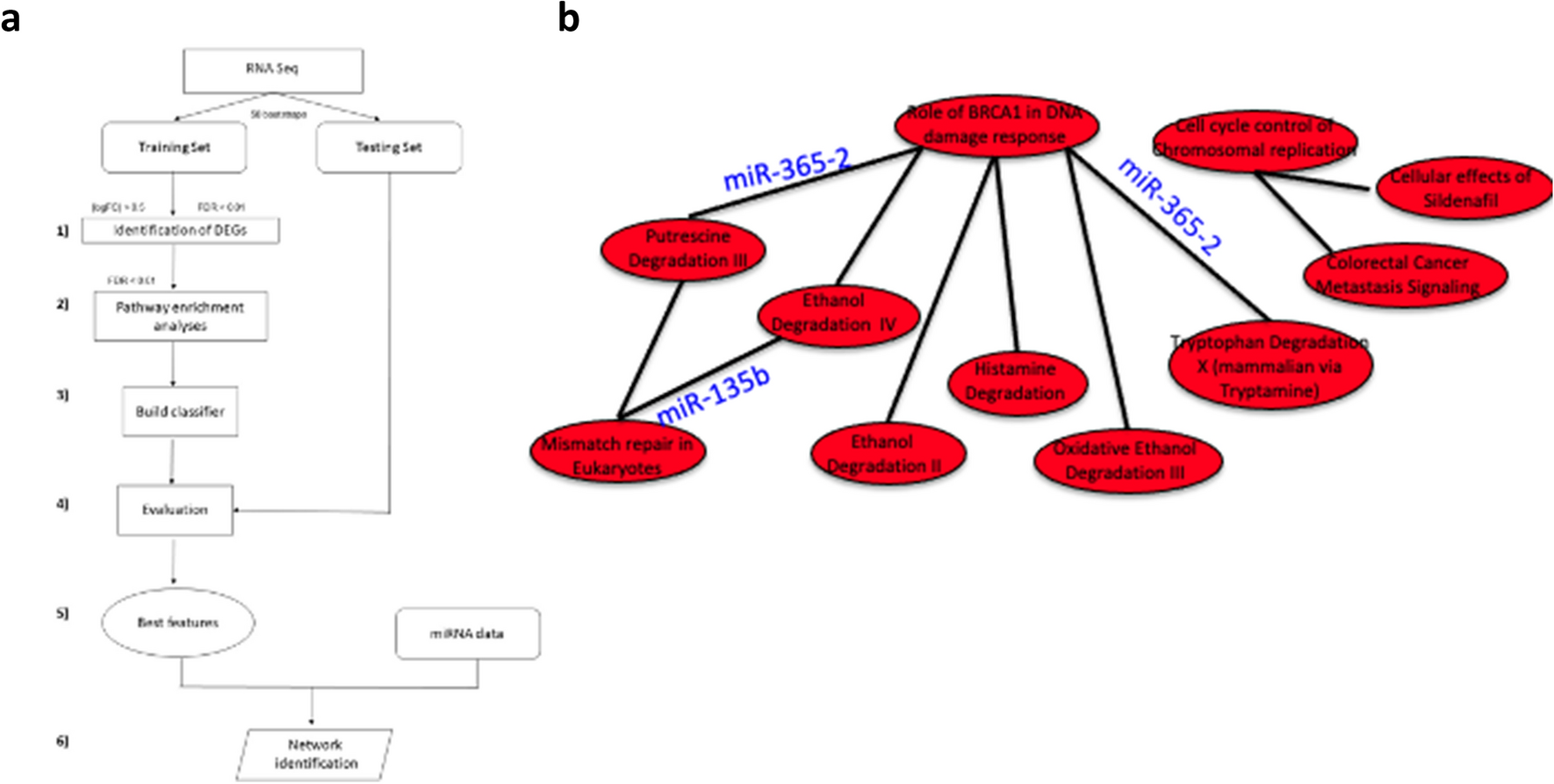
The same preparation method has been previously used in ref (29). We prepared GUVs, composed of the phospholipid POPC, a few mol % of the glycolipid (or ganglioside) GM1, and 0.1 mol % of the fluorescently labeled lipid Texas-Red-DHPE (dihexadecanoylglycerophosphoethanolamine) by electroformation (28) as described in the Methods section. Because of their increased robustness, tubulated GUVs represent improved research tools for membrane science, in general, with potential applications as storage and delivery systems as well as cell-like microcompartments in bioengineering, pharmacology, and synthetic biology. In this way, our results provide insight into the intricate and composite nature of membrane tension.

Indeed, for the bilayer membranes studied here, the spontaneous tension is on the order of 10 pN/μm or 10 –2 mN/m, whereas the absolute value of the mechanical tension is smaller by 2 orders of magnitude. Our experimental data confirm the theoretical prediction (22) that the presence of membrane nanotubes leads to a mechanical tension that is several orders of magnitude smaller than the spontaneous tension. A quantitative comparison between theory and experiment reveals that the response of the tubulated GUVs is governed by the spontaneous tension of their membranes, a quantity that is directly measured here by analyzing the evolution of the vesicle shape during initial aspiration. To the best of our knowledge, such an experimental study has not been performed previously. We aspirate the tubulated GUVs by micropipettes and study the initial aspiration process as defined in Figure 1 in a systematic manner. Recently, tubulated vesicles have also been studied by Monte Carlo simulations. Therefore, any membrane with a sufficiently large asymmetry will exhibit the same robustness as the lipid membranes considered here. (26) Our combined experimental and theoretical study implies, however, that the increased robustness of tubulated vesicles depends primarily on the bilayer asymmetry of these membranes. (25) Furthermore, GM1 acts as a membrane anchor for various toxins, bacteria, and viruses such as the simian virus 40.

The glycolipid GM1 has attracted much recent interest because it is abundant in all mammalian neurons (24) and plays an important role in many neuronal processes and diseases. (2,23) Here, we use binary mixtures of the phospholipid 1-palmitoyl-2-oleoyl- sn-glycero-3-phosphocholine (POPC) and the ganglioside GM1, together with a small amount of fluorescently labeled lipids, which provide another example for bilayer membranes that undergo spontaneous tubulation. The spontaneous tubulation of vesicles has been observed previously for a variety of lipid compositions.

Because of their increased robustness, GUVs with nanotubes represent improved research tools for membrane science, in general, with potential applications as storage and delivery systems and as cell-like microcompartments in bioengineering, pharmacology, and synthetic biology. A quantitative comparison between theory and experiment reveals that the response of the GUVs is governed by the membranes’ spontaneous tension, a curvature-elastic material parameter that describes the bilayer asymmetry on the nanoscale. To demonstrate the increased robustness of these tubulated vesicles, we use micropipette aspiration and changes in the osmotic conditions applied to phospholipid membranes doped with the glycolipid GM1. Here, we introduce GUVs with membrane nanotubes as model systems that include such area reservoirs. In contrast, cell membranes tolerate the same kinds of mechanical perturbations without rupture because the latter membranes are coupled to reservoirs of membrane area. Conventional GUVs have one major drawback, however: they have only a limited capability to cope with external perturbations such as osmotic inflation, adhesion, or micropipette aspiration that tend to rupture the membranes.

Therefore, GUVs are increasingly used as a versatile research tool for basic membrane science, bioengineering, and synthetic biology. These nanoscopic responses are amplified by the GUVs and can then be studied on much larger scales. On the other hand, the vesicle walls are provided by single molecular bilayers that have a thickness of a few nanometers and respond sensitively to molecular interactions with small solutes, biopolymers, and nanoparticles. On the one hand, these vesicles represent biomimetic compartments with linear dimensions of many micrometers. Giant unilamellar vesicles (GUVs) provide a direct connection between the nano- and the microregime.


 0 kommentar(er)
0 kommentar(er)
